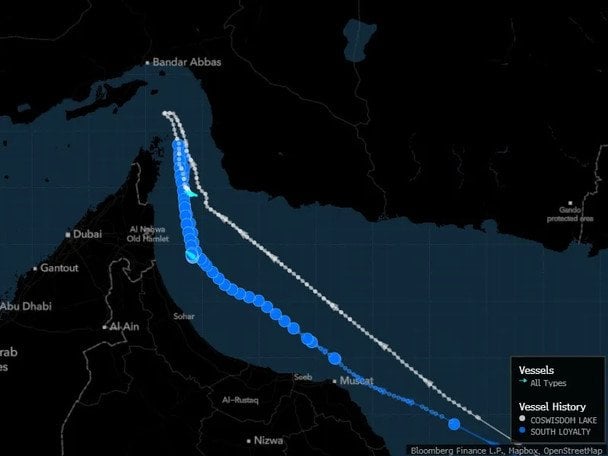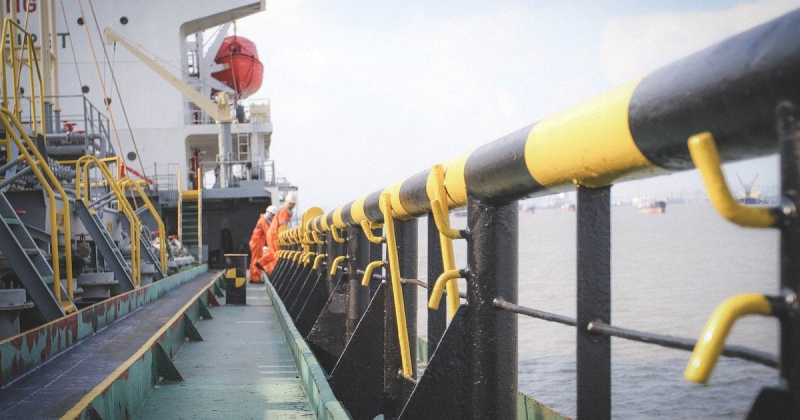US airstrikes on Iran have affected the movement of major oil ships.
Two giant oil supertankers, the Coswisdom Lake and South Loyalty, suddenly changed course in the Strait of Hormuz following US airstrikes on Iran, raising concerns among experts and market participants about the safety of shipping in the strategically important region.
Bloomberg writes about this.
Both vessels reportedly entered the strait but quickly turned around. The Coswisdom Lake made two U-turns in a row and is now moving through the strait again, while the South Loyalty remained outside the Persian Gulf. Despite ongoing attempts to jam the ships' electronic systems, which intensified after the Israeli airstrikes on June 13, the tankers continue to navigate the Strait of Hormuz, although such maneuvers may indicate a possible change in routes.
Ship owners and traders are monitoring the situation closely, considering options to temporarily stay in safe ports or find alternative routes until tensions ease. Greece’s shipping ministry has already recommended checking the strait’s transit routes. Demand for oil shipments has increased, with tanker revenues up nearly 90% before the latest airstrikes.

Coswisdom Lake is operated by Cosco Shipping Energy, while South Loyalty is operated by Sinokor Merchant Marine. Both are very large crude carriers, or VLCCs. Neither company has yet provided any official comment.
Let us recall that earlier we wrote that the Iranian parliament approved the closure of the Strait of Hormuz. The final decision must be made by the Supreme National Security Council.

